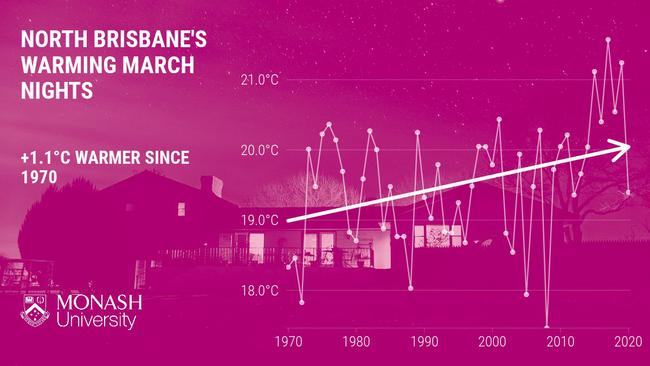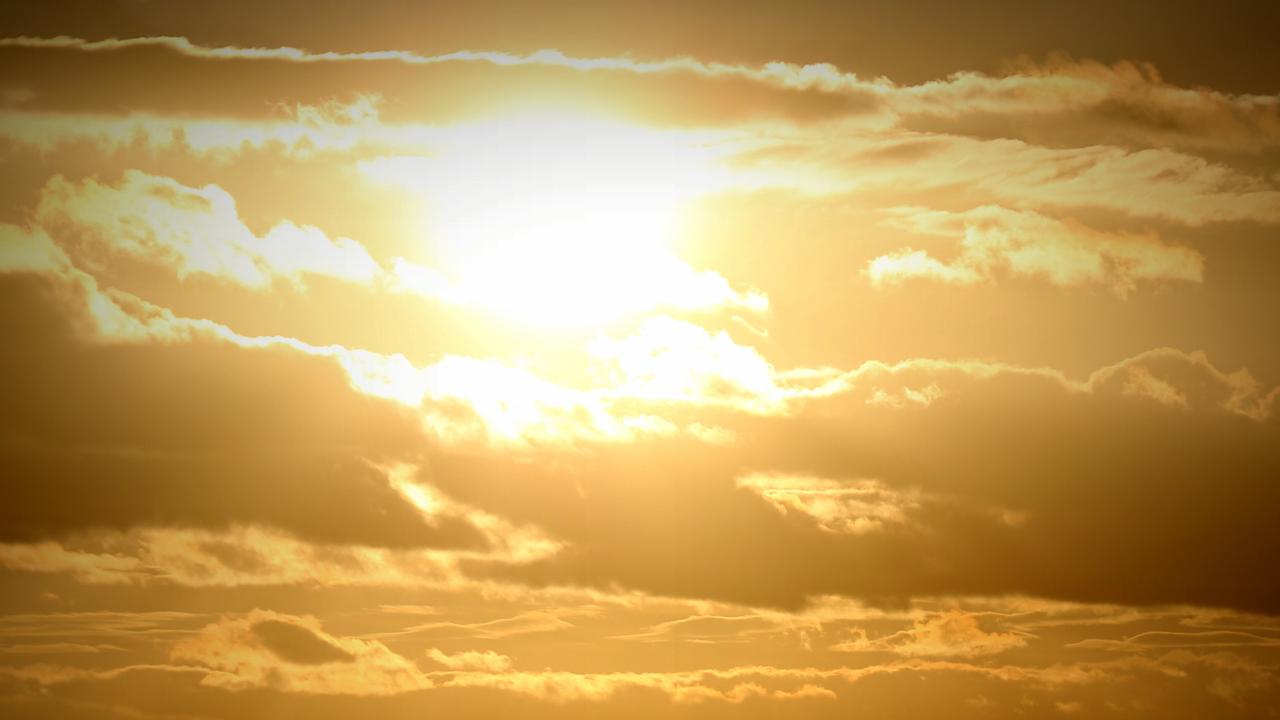Rising temperatures in north Brisbane could impact residents' health
Dr Christa Pudmenzky explains how north Brisbane's March climate is changing. Plus, how do extreme heat events affect mortality rates?

HyperLocal
Don't miss out on the headlines from HyperLocal. Followed categories will be added to My News.
Data from the Bureau of Meteorology suggests overnight temperatures are getting warmer.
A typical March night in north Brisbane is around 20 degrees - one degree warmer than it was 50 years ago.
One degree might not sound like much, but small changes in the climate can lead to more extreme weather events such as heatwaves.
Fast fact
Warming trends increase the likelihood of extreme heat events which can have dangerous implications for our health.
Research from the University of Technology Sydney found that around two per cent of all deaths in Australia are caused by heat.
Brisbane, Coffs Harbour and the Gold Coast have more heat-related deaths than anywhere else in the country.
Voices from your community
Indooroopilly resident Gareth Davies felt summer temperatures were stretching well into March.
"Summer is longer, hotter and more humid every year," he said.
"It seems that it is taking longer for winter and cooler temperatures to kick in, compared to previous years.
"I now have to use more energy at home for air conditioning due to extreme heat and humidity."
Community voices like Gareth's tell us how residents and business owners in south Brisbane feel about their local climate. If you would like to contribute your voice to our column, you can fill out our 5-minute survey here.
Want more information on how your climate is changing? Check out last week's article here.
Dr Christa Pudmenzky is a climate scientist at the University of Southern Queensland.
This column is part of a collaboration between the Monash Climate Change Communication Research Hub and News Corp to deliver hyperlocal weather and climate information.
Follow the Hub on Twitter to join the conversation.

